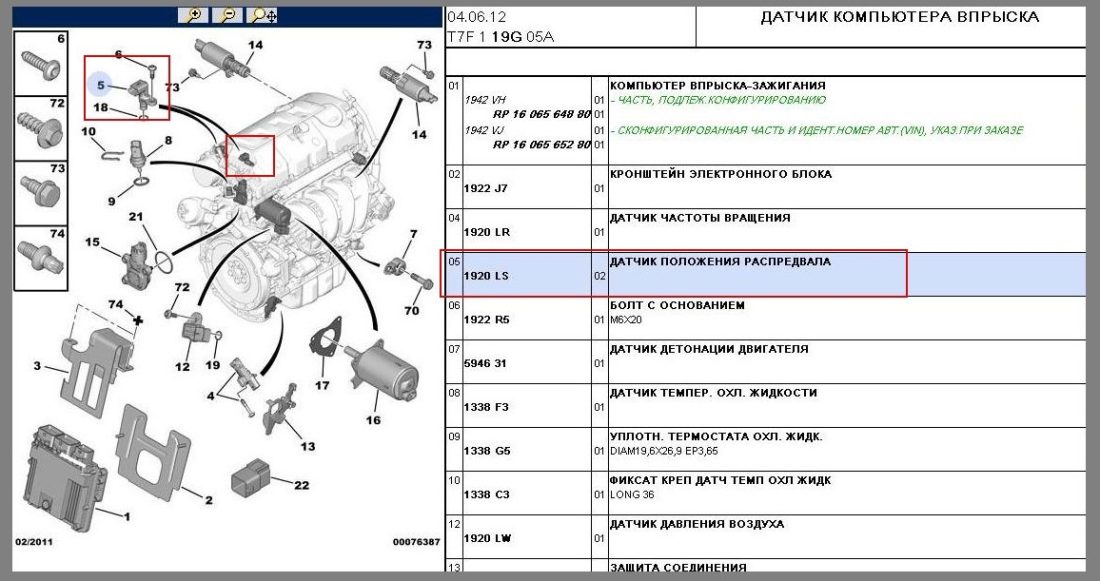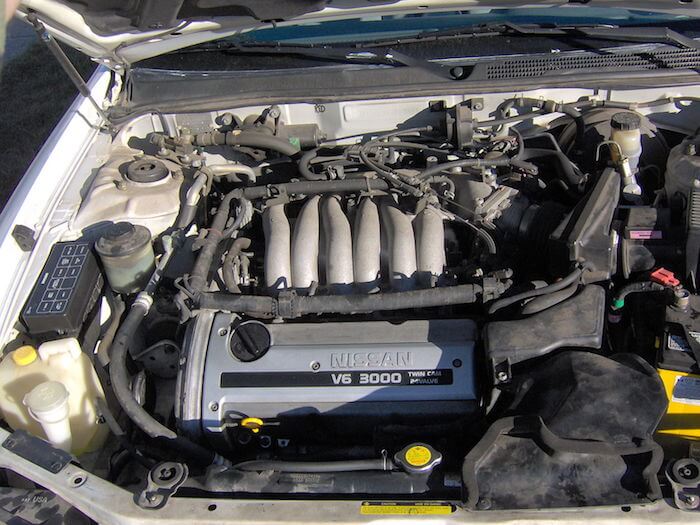
P2336 Cylinder 1 Above Knock Threshold
Content
- P2336 Cylinder 1 Above Knock Threshold
- OBD-II DTC Datasheet
- What does P2336 mean?
- What is the severity of this DTC?
- What are some of the symptoms of the code?
- What are some of the common causes for the code?
- What are some steps to troubleshoot the P2336?
- Related DTC discussions
- Need more help with the P2336 code?
P2336 Cylinder 1 Above Knock Threshold
OBD-II DTC Datasheet
Cylinder 1 above the knock threshold
What does P2336 mean?
This Diagnostic Trouble Code (DTC) is a generic transmission code and applies to many OBD-II vehicles (1996 and newer). This may include, but is not limited to, Mercedes-Benz, Ford, Sprinter, Nissan, etc. Despite the general nature, the exact repair steps may vary depending on the model year, make, model and transmission configuration.
If your vehicle has stored a P2336 code followed by a malfunction indicator lamp (MIL), it means that the powertrain control module (PCM) has detected a signal from cylinder # 1 knock sensor that is out of range.
The knock sensor is responsible for monitoring excessive vibration and noise in an individual cylinder or group of cylinders. The knock sensor is part of a low voltage circuit that uses a chemical reaction to noise and resulting vibration to detect engine knock. Engine knock can be caused by timing, knock, or internal engine failure. A modern knock sensor made of piezoelectric crystals reacts to changes in engine noise with a slight increase in voltage. Since the knock sensor is part of the low voltage circuit, any changes (voltage) are easily visible to the PCM.
If the PCM detects an unexpected voltage level on the knock sensor circuit (first cylinder), code P2336 will be stored and the MIL will illuminate. It may take multiple fail cycles to illuminate the MIL.

What is the severity of this DTC?
While maintaining P2336, the cause should be diagnosed as soon as possible. The symptoms that contribute to the storage of this type of code can range from minimal to catastrophic.
What are some of the symptoms of the code?
Symptoms of a P2336 trouble code may include:
- Engine noise
- Reduced engine performance
- Reduced fuel efficiency
- Other related codes
- There may be no discernible symptoms
What are some of the common causes for the code?
Reasons for this code may include:
- Defective knock sensor
- Wrong engine or wrong type of fuel
- Open or short circuit in wiring or wire connectors
- Engine noise caused by component failure
- PCM or programming error
What are some steps to troubleshoot the P2336?
Make sure the engine is filled to the correct level with the correct oil and is in good working order. Before diagnosing P2336, real engine noise such as spark knock must be corrected.
You will need a diagnostic scanner, digital volt / ohmmeter (DVOM), and reliable vehicle information source to accurately diagnose the P2336 code.
You can save time and time by searching for Technical Service Bulletins (TSBs) that reproduce the stored code, vehicle (year, make, model, and engine) and symptoms found. This information can be found in your vehicle information source. If you find the right TSB, it can quickly fix your problem.
After you connect the scanner to the vehicle diagnostic port and get all stored codes and associated freeze frame data, write down the information (in case the code turns out to be intermittent). After that, clear the codes and test drive the car until one of two things happens; the code is restored or the PCM enters ready mode.
The code may be more difficult to diagnose if the PCM enters ready mode at this point because the code is intermittent. The condition that led to the persistence of P2336 may need to worsen before an accurate diagnosis can be made. If the code is restored, continue diagnostics.
You can get connector views, connector pinouts, component locations, wiring diagrams, and diagnostic block diagrams (related to the code and the vehicle in question) using your vehicle information source.
Visually inspect the associated wiring and connectors. Repair or replace cut, burnt, or damaged wiring. Routine maintenance includes replacement of wires and spark plug anthers. If the vehicle in question is outside the recommended maintenance interval for tuning, suspect faulty spark plug wires / boots are the cause of the stored P2336.
After disconnecting the PCM, use the DVOM to check the continuity of the knock sensor circuit. Since the knock sensor is usually screwed into the engine block, be careful not to burn yourself with the coolant or oil when removing the sensor. Check for continuity across the sensor and back to the PCM connector.
- The P2336 code can usually be attributed to a PCM programming error, faulty knock sensor, or spark knock.
Related DTC discussions
- There are currently no related topics in our forums. Post a new topic on the forum now.
Need more help with the P2336 code?
If you still need help with DTC P2336, post a question in the comments below this article.
NOTE. This information is provided for informational purposes only. It is not intended to be used as a repair recommendation and we are not responsible for any action you take on any vehicle. All information on this site is protected by copyright.

